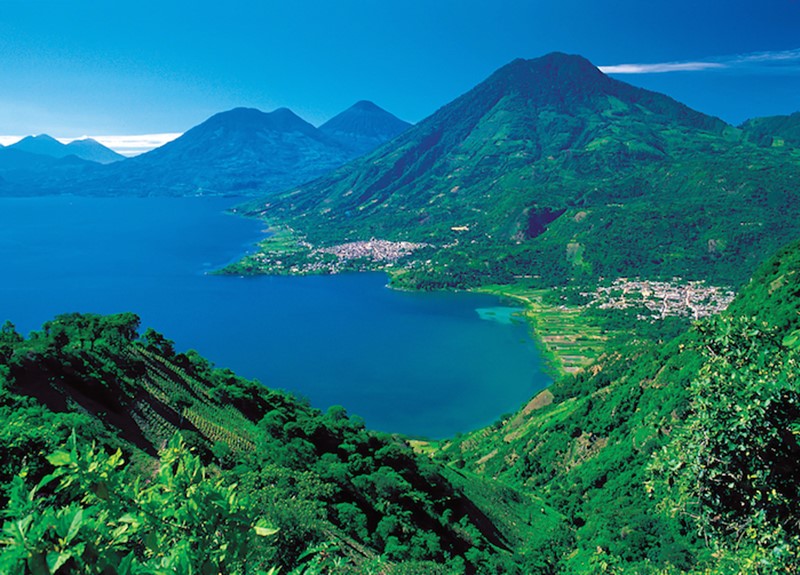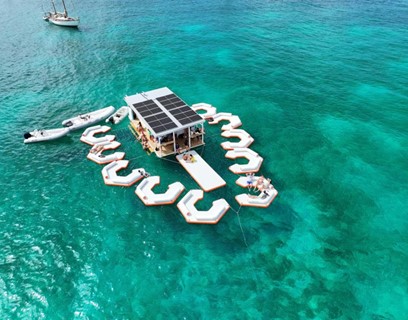
Paris, 02 June—UNESCO will send experts to study Mayan heritage sites on the floor of Lake Atitlán at the request of Guatemala. This was agreed by the States Parties to UNESCO’s Convention on the Protection of the Underwater Cultural heritage during their meeting of 30 and 31 May, which was chaired by France’s Ambassador to UNESCO, Laurent Stefanini, at the Organization’s Headquarters.
Also at that meeting, the States Parties decided to establish a Register of best practices for the safeguarding of underwater cultural heritage.
UNESCO’s technical mission to Lake Atitlán (southwest of Guatemala) will take place in the autumn and will be carried out by the experts of the Scientific and Technical Advisory Body of UNESCO’s Convention on the Protection of the Underwater Cultural Heritage. María Helena Barba Meinecke, head of the Yucatan Peninsula underwater heritage programme of Mexico’s National Institute of Anthropology and History will lead the mission, which will examine the archaeological sites in the lake and propose a management plan in consultation with the local communities, for whom these vestiges are of great cultural importance.
Several submerged archaeological sites were discovered in 1996 in Lake Atitlán, the deepest lake in Central America. Among them is a Mayan villages known asSamabaj, which retains the remains of domestic structures and religious monuments. The village appears to have been built on an island that was submerged, possibly because of a volcanic eruption, a landslide or another natural disaster.
The Conference of States Parties also recognized seven examples of best practicesfor the preservation of underwater cultural heritage:
-
Underwater Archaeology Museum, Playa Bonita, Campeche, Mexico
-
Involving local communities with their own cultural heritage at the Nevado de Toluca, Mexico
-
PROCASC programme for 130 sites of underwater heritage in Mar de Cascais (Sea of Cascais), Portugal
-
4 Cap del Vol and Cala Cativa shipwrecks. Study of trade, Port de la Selva, Alt Empordà, Catalonia, Spain
-
Deltebre I, The History of a Wreck, Deltebre, Baix Ebre, Catalonia, Spain
-
Legal protection of Andalusia's underwater archaeological heritage, Andalusia, Spain
-
The Bou Ferrer Wreck, Villajoyosa, Alicante, Spain
This follows an invitation by the Conference of States Parties for countries to provide best practice examples for projects that ensure the lasting protection of underwater archaeological sites or remains, the sustainable management of sites, notable efforts to give the public access to such vestiges, or the inclusion of local communities in underwater heritage management.
The Convention on the Protection of the Underwater Cultural Heritage was adopted in 2001. It aims to help save ancient shipwrecks, sunken cities, decorated grottos and any other underwater cultural vestiges from increasing pillaging and destruction by treasure hunters. Designed to preserve underwater heritage, the Convention also seeks to promote public access to this heritage and to stimulate archaeological research. Fifty-six countries have ratified the Convention to date.


